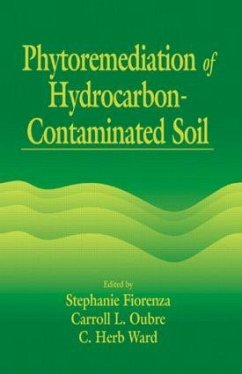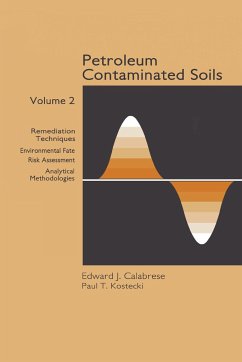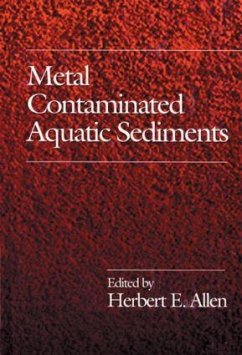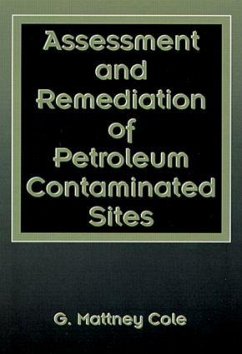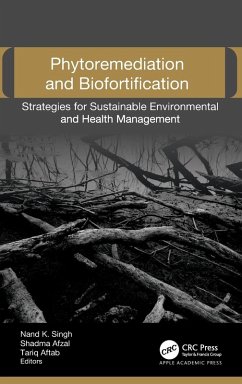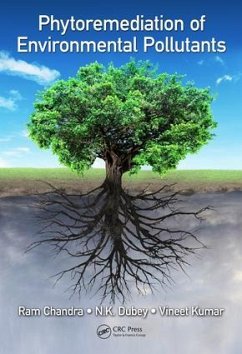
Phytoremediation of Contaminated Soil and Water
Versandkostenfrei!
Versandfertig in 1-2 Wochen
265,99 €
inkl. MwSt.

PAYBACK Punkte
133 °P sammeln!
Phytoremediation is an exciting, new technology that utilizes metal-accumulating plants to clean soil contaminated with heavy metals and radionuclides. Phytoremediation is an attractive and economical alternative to current ex situ methods, which are expensive and unsafe. Read Phytoremediation of Contaminated Soil and Groundwater to learn just how far this burgeoning technology has developed. TOC:Metal Hyperaccumulator Plants: a Review of the Ecology and Physiology of a Biological Resource For Phytoremediation Of Metal-Polluted Soils.- Factors Influencing Field Phytoremediations of Selenium-La...
Phytoremediation is an exciting, new technology that utilizes metal-accumulating plants to clean soil contaminated with heavy metals and radionuclides. Phytoremediation is an attractive and economical alternative to current ex situ methods, which are expensive and unsafe. Read Phytoremediation of Contaminated Soil and Groundwater to learn just how far this burgeoning technology has developed. TOC:Metal Hyperaccumulator Plants: a Review of the Ecology and Physiology of a Biological Resource For Phytoremediation Of Metal-Polluted Soils.- Factors Influencing Field Phytoremediations of Selenium-Laden Soils.- Field Demonstrations of Phytoremediation of Lead Contaminated Soils.- Improving Metal Hyperaccumulator Wild Plants to Develop Commercial Phytoextraction Systems: Approaches and Progress.- Phytoextraction or In-Place Inactivation (Phytostabilization): Technical, Economic, and Regulatory Considerations of the Soil-Lead Issue.- Microphyte-Mediated Biogeochemistry and Its Role in In Situ Selenium Bioremediation.- Metal Tolerance in Plants: The Role of Phytochelatins and Metallothioneins.- In Situ Gentle Remediation Measures For Heavy Metal Polluted Soils.- Phytoremediation by Constructed Wetlands.- Physiology of Zn Hyperaccumulation in Thlaspi caerulescens.- The Role of Bacteria in the Phytoremediation of Heavy Metals.- The Genetics of Metal Tolerance and Accumulation in Higher Plants.- Potential for Phytoextraction of Zinc and Cadmium from Soils Using Hyperaccumulator Plants.- Engineered Phytoremediation of Mercury Pollution in Soil and Water Using Bacterial Genes.- In Situ Metal Immobilization and Phytostabilization of Contaminated Soils.- Ecological Genetics and the Evolution of Trace Element Hyperaccumulation in Plants.- The Role of Root Exudates in Nickel Hyperaccumulation and Tolerance in Accumulator and Nonaccumulator Species of Thlaspi.- Metal-Specific Patterns of Tolerance, Uptake, and Transport of Heavy Metals in Hyperaccumulating and Non-Hyperaccumulating Metallophytes.- Remediation of Selenium-Polluted Soils and Waters by Phytovolitization.





